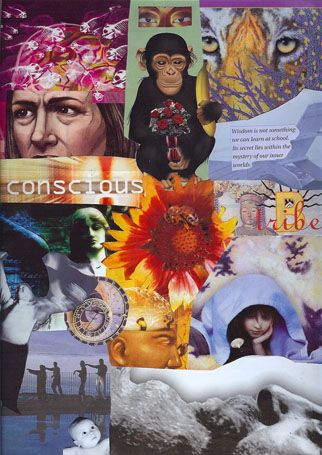5 Ways Expressive Arts Heal

The realm of expressive arts has long been revered for its profound impact on the human psyche. From the vibrant colors of painting to the rhythmic beats of music, each art form offers a unique conduit for emotional expression and healing. By tapping into the therapeutic potential of these creative outlets, individuals can navigate life’s challenges with greater ease, fostering a deeper sense of self-awareness, resilience, and overall well-being. In this exploration, we’ll delve into the multifaceted ways in which expressive arts can facilitate healing, personal growth, and transformation.
1. Emotional Expression and Release
One of the most significant ways expressive arts contribute to the healing process is by providing an outlet for emotional expression and release. Through various art forms, individuals can convey feelings and emotions that might be challenging to verbalize, creating a safe and healthy outlet for emotional release. For instance, painting can allow someone to express and process their emotions through color and form, while music or dance can provide an avenue for the physical release of tension and stress. This process not only helps in managing immediate emotional distress but also in developing a greater understanding and acceptance of one’s emotional landscape.
Expressive arts offer a unique platform for emotional catharsis, enabling individuals to navigate complex emotions in a controlled and creative manner. This can be particularly beneficial for those struggling to articulate their feelings through conventional means.
2. Building Resilience and Confidence
Expressive arts also play a crucial role in building resilience and confidence. The act of creating something—be it a piece of art, a musical composition, or a dance routine—can be incredibly empowering. It allows individuals to express themselves authentically, fostering a sense of pride and accomplishment in their work. Moreover, the process of learning and mastering an art form can help develop resilience, as individuals learn to handle criticism, navigate setbacks, and persevere through challenges. This resilience can then be applied to other areas of life, helping individuals to cope more effectively with stress and adversity.
3. Promoting Mindfulness and Presence
Engaging in expressive arts can be a profoundly mindfulness-inducing experience. The creative process often requires individuals to be fully present, focusing on the moment and letting go of concerns about the past or future. This mindfulness can lead to a deeper connection with oneself and one’s surroundings, promoting a sense of calm and clarity. Activities like drawing or painting, for example, can encourage a meditative state, where the individual becomes fully absorbed in the process, experiencing a flow state characterized by heightened focus and enjoyment.
Entering a Mindful State Through Art
- Prepare Your Space: Find a quiet, comfortable spot where you can create without distractions.
- Choose Your Medium: Select an art form that resonates with you, whether it's painting, drawing, or sculpting.
- Set Your Intention: Decide what you hope to achieve or express through your art, but remain open to the process.
- Begin Creating: Let your creativity guide you, focusing on the sensations, textures, and colors as you work.
- Reflect and Release: Take a step back to appreciate your creation, reflecting on the emotions and thoughts it evokes, and then let go, allowing the experience to integrate into your being.
4. Facilitating Social Connection
Expressive arts can also serve as a powerful catalyst for social connection and community building. Engaging in group art activities, attending performances, or participating in art workshops can provide individuals with opportunities to meet like-minded people, share experiences, and develop meaningful relationships. This social support network can be a crucial factor in the healing process, offering a sense of belonging, reducing feelings of loneliness, and providing a supportive environment where individuals can share their challenges and successes.
5. Therapeutic Applications
Lastly, expressive arts have been increasingly recognized for their therapeutic potential, with many forms of art therapy being integrated into treatment plans for a variety of mental health conditions. Art therapy, music therapy, drama therapy, and dance therapy, among others, offer structured programs designed to promote healing, personal growth, and rehabilitation. These therapies can help individuals manage symptoms of anxiety and depression, cope with trauma, and improve cognitive function, among other benefits. By leveraging the emotional and expressive qualities of art, individuals can engage in a therapeutic process that is both deeply personal and profoundly healing.
What is the primary goal of art therapy?
+The primary goal of art therapy is to facilitate personal growth, healing, and self-expression through the creative process, providing a safe and non-verbal means of exploring and resolving emotional conflicts.
How can I get started with expressive arts for healing?
+To get started, identify an art form that resonates with you, such as painting, music, or dance. Begin by exploring local classes, workshops, or online resources that can guide you through the process. Remember, the goal is not to create a masterpiece but to express yourself authentically and enjoy the journey.
In conclusion, the expressive arts offer a multifaceted and highly personal pathway to healing, growth, and self-discovery. By embracing the creative process and allowing oneself to express emotions, build resilience, practice mindfulness, connect with others, and engage in therapeutic programs, individuals can tap into the profound healing potential of art. Whether through painting, music, dance, or any other form of creative expression, the expressive arts invite us to embark on a journey of self-exploration, transformation, and profound emotional healing.

